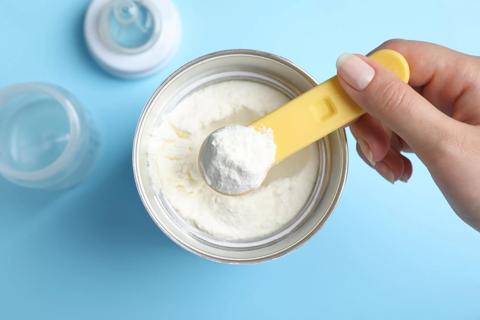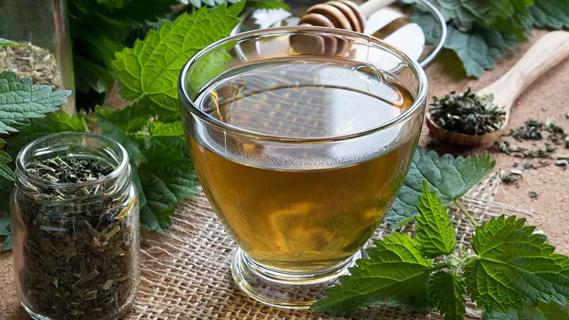Hand-expression can be used in a variety of scenarios

When you’re breastfeeding (chestfeeding), there are all sorts of things to take into consideration, like what medications are safe to take, how breast surgeries affect breastfeeding and what foods you can eat to increase the caloric content of your breast milk. But what about the actual act of breastfeeding itself?
Advertisement
Cleveland Clinic is a non-profit academic medical center. Advertising on our site helps support our mission. We do not endorse non-Cleveland Clinic products or services. Policy
Sometimes, breastfeeding can be a challenge, especially for first-time nursing parents. That’s where hand-expression comes in. The process of using your own hand or another person’s hand to remove breast milk from your breast is a skill that takes practice for both parent and baby. And although it’s not a necessary skill to master, it can be a helpful skill in some scenarios.
Pediatrician and breastfeeding medicine specialist Heidi Szugye, DO, IBCLC, explains when hand-expression is helpful and how to do it below.
Hand-expression is a technique used to massage breast milk out of your breast and increase the flow of milk. Similar to using a pump or your baby’s mouth, hand-expression is a helpful technique to use for an effective breastfeeding experience and when you want to store milk between feedings.
Hand-expression can be useful in a variety of scenarios, including:
Advertisement
Hand-expression is different from breast massage because it’s designed to get the milk out of your breast. You should never aggressively massage your breasts with your hands or any other massage device. Instead, a very light-touch massage (like the pressure of petting a cat) might be recommended by your provider to aid in the drainage of swelling into the lymph nodes above your collar bone and in your arm pits when your breasts are engorged or swollen. Light touch can also help you achieve a letdown.
Hand-expressing milk is a skill that gets easier the more you follow these steps:
It takes time and practice to get this technique down. If it doesn’t work the first couple of times, try again after a small break. If you’re still having challenges, your Ob/Gyn or a breastfeeding medicine specialist can help walk you through the process or help you find some alternative solutions.
Advertisement
Learn more about our editorial process.
Advertisement

Typically, you’ll want to store 2 to 4 ounces at a time

It’s highly unlikely your baby will have an allergic reaction to food you eat

When breastfeeding doesn’t go as planned, you may need to supplement with formula or donor breast milk — and that’s OK

Breastfeeding supplements can be a needless expense at best, and risky at worst

Typically, milk comes in a few days after birth and regulates around four weeks after delivery

Most parents report an improvement in breastfeeding, but there’s a chance the procedure won’t solve the issue

They aren’t unhealthy, but they’re probably a waste of money

From the football hold to the cradle hold, consider trying a variety of techniques

Type 2 diabetes isn’t inevitable with these dietary changes

Applying a hot or cold compress can help with pain